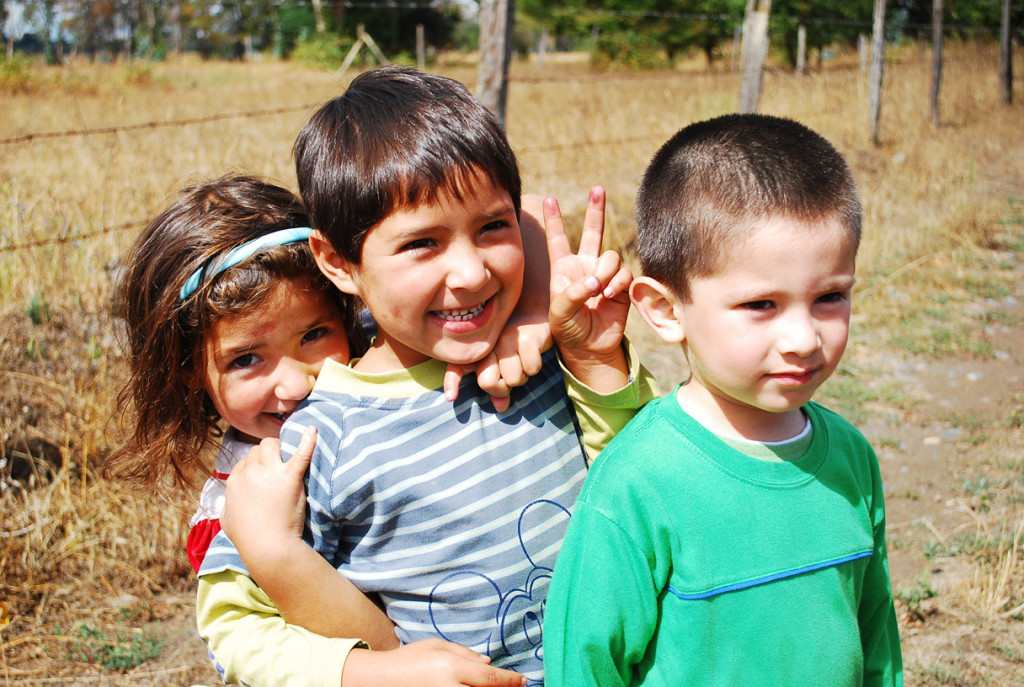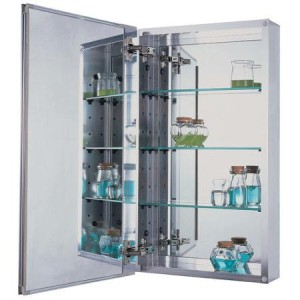
Contributor: Crystal Karges, MS, RDN, IBCLC Special Projects Coordinator at Eating Disorder Hope/Addiction Hope
Prescription medications are some of the most common substances that are found within a household. With nearly 70 percent of Americans taking at least one prescription medication and almost 50 percent of Americans taking two or more prescription medications, the chances that these drugs are kept within the home are fairly high. Some of the most common prescription medications that may be taken include painkillers, antibiotics, tranquilizers/sedation pills, anti-anxiety/anti-depression medications, blood pressure medications and more.
Medications are Often Accessible
 Medications are typically kept in places that are accessible for the user, including bathroom cabinets or drawers, purses, bags, briefcases, kitchen countertops and more. While this makes taking the drug convenient for the user, this can become problematic if children are also in the household. Accidental poisoning from prescription drugs in children can be fatal, and unfortunately, many children can access a medication unintentionally and overdose on it.
Medications are typically kept in places that are accessible for the user, including bathroom cabinets or drawers, purses, bags, briefcases, kitchen countertops and more. While this makes taking the drug convenient for the user, this can become problematic if children are also in the household. Accidental poisoning from prescription drugs in children can be fatal, and unfortunately, many children can access a medication unintentionally and overdose on it.
Because children are naturally curious and more inclined to put things directly in their mouths, it is important and essential to safeguard all medications to prevent accidental poisoning in children. If you suspect that a child may have accessed a prescription medication, call poison control immediately. If you child begins displaying any abnormal symptoms and ingestion of medication is suspected, call 9-1-1 or take your child to your local emergency room immediately.
Many steps can be taken to prevent medication-related emergencies in children. Be sure to store any medications, vitamins, herbs, etc. in a place that is out of reach and out of sight from young children. Keeping medications closed tightly with child-resistant caps and off countertops can also be helpful in preventing access to these substances. While it can be more of a hassle for the user to keep medications stored in this way, these steps are essential to preventing accidental overdose of drugs in children. If possible, also avoid taking medications in front of young children, as children often like to mimic and imitate what they see adults doing. If you have young children and are going to other people’s home, be sure to do a quick scan of the area that your child will be in to ensure that there are not any medications within reach for your child. By taking proactive steps, you can help prevent accidental medication poisoning in your child.
Community Discussion – Share your thoughts here!
What resources or tips might you share with parents to protect and prevent prescription drug poising in their children?
The opinions and views of our guest contributors are shared to provide a broad perspective of addictions and co-occurring disorders. These are not necessarily the views of Addiction Hope, but an effort to offer a discussion of various issues by different concerned individuals. We at Addiction Hope understand that addictions result from a combination of environmental and genetic factors. If you or a loved one are suffering from an addiction, please know that there is hope for you, and seek immediate professional help.
Last Updated & Reviewed By: Jacquelyn Ekern, MS, LPC on September 18, 2015. Published on AddictionHope.com
